Methodology
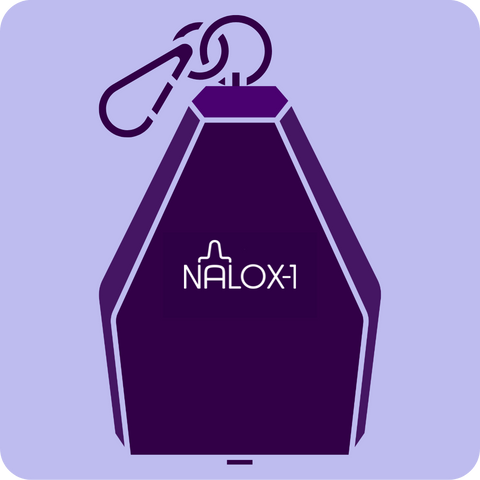
Study Design
Our pilot study utilized a beta test of NALOX-1, enrolling 120 participants to evaluate the case’s impact on Naloxone carriage behavior. Participants were provided with the carry case and invited to complete pre- and post-test surveys.

Data Collection
Surveys were sent via email after 6-8 weeks from receiving the case and assessed several key outcomes, including:
- Frequency of Naloxone carriage before and after receiving NALOX-1
- Perceived barriers to carrying Naloxone
- Preparedness to intervene during an overdose
- Portability, durability, and ease of integration into daily life with NALOX-1
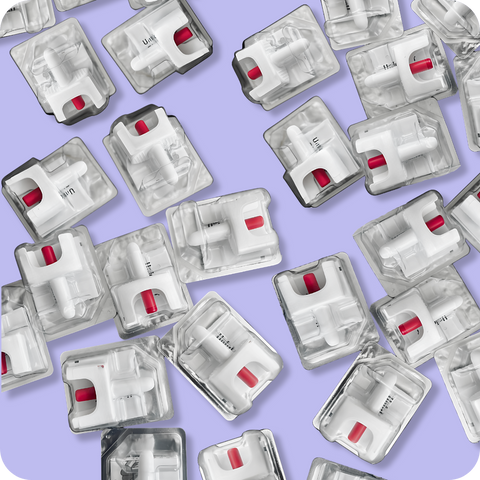
Survey Metrics
Responses were quantitatively analyzed using Likert scales to assess behavior changes over time. The analysis focused on identifying shifts in participant behavior before and after receiving the case. Data trends were used to evaluate the effectiveness of the case in mitigating previously identified barriers.
Results
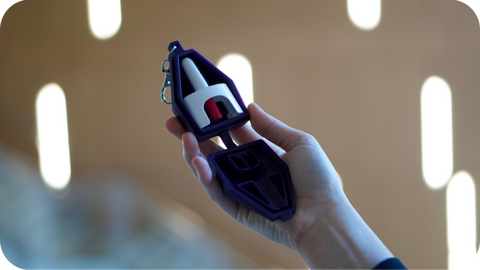
Of Those Surveyed
- 92% say they carry Naloxone more frequently than they did before getting the NALOX-1.
- After receiving our carry case, 73% carry Naloxone always/often (a 55% increase compared to without our carry case)
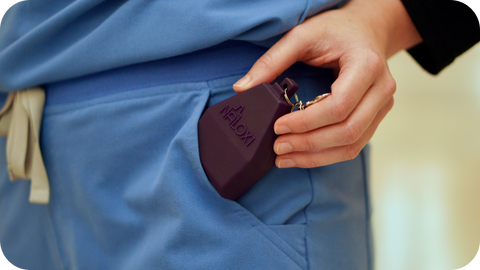
Barriers to Narcan Carriage:
- 87% agree that people are unaware of Naloxone’s importance
- 83% agree that people forget Naloxone due to its lack of integration into daily routines
- 70% agree that people are LIKELY to encounter an overdose
- 40% feel there is social stigma with carrying Naloxone
- 43% feel standard Naloxone packaging isn’t durable enough
- 51% feel standard Naloxone packaging is too bulky/inconvenient
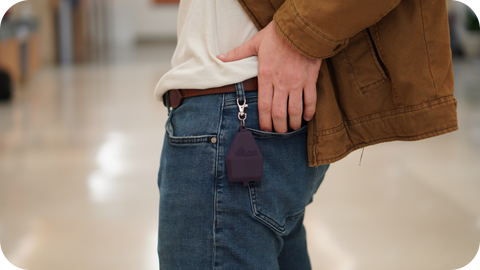
With our Naloxone Carry Case:
- 75% agree that carrying Naloxone now integrates seamlessly into their daily routine
- 85% feel they are more likely to recommend carrying Naloxone to others
- 90% feel they are more likely to carry Naloxone frequently
- 86% feel more prepared to respond to an overdose
